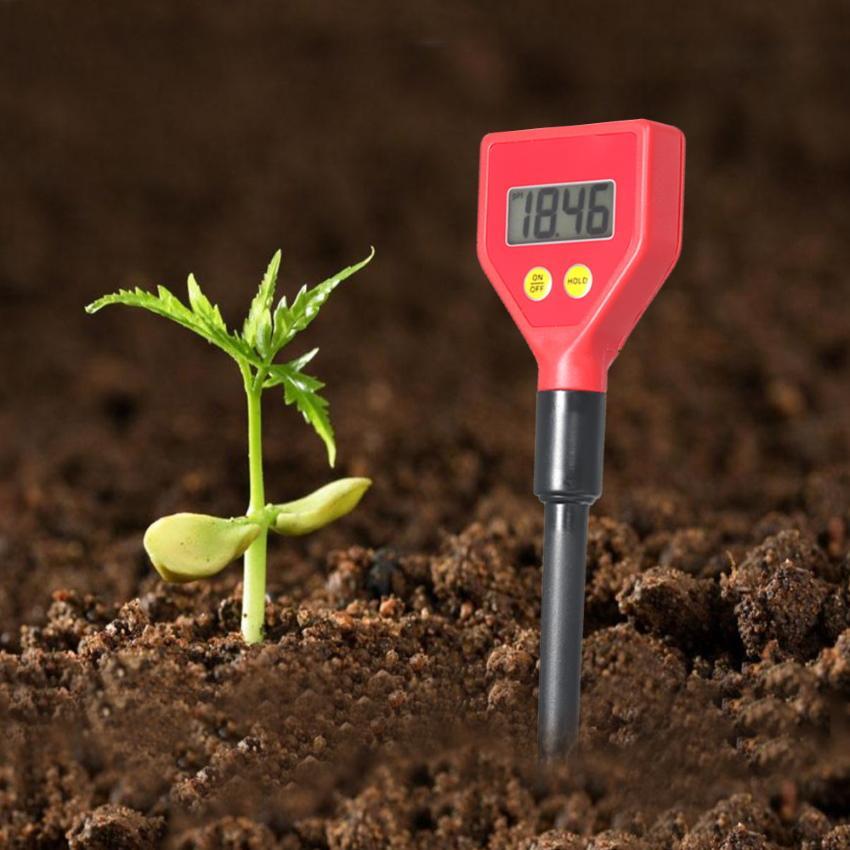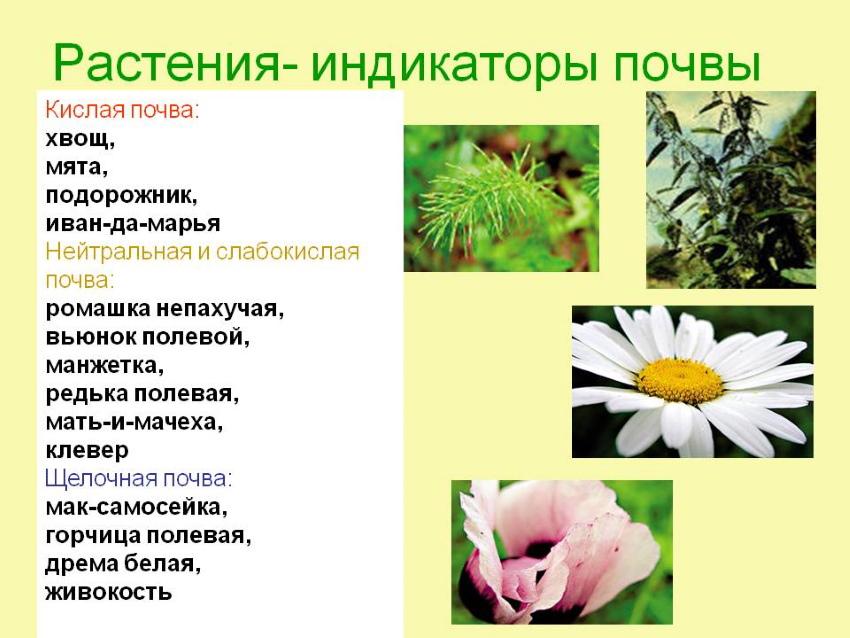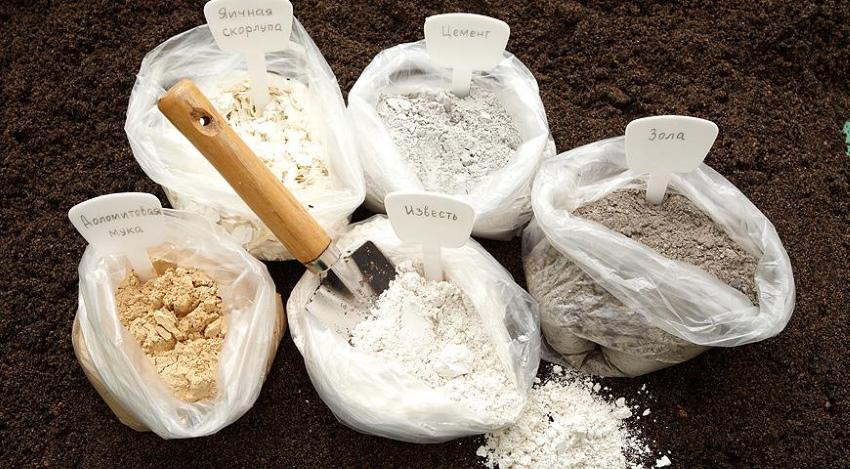How to normalize the acidity of the soil - determine the pH of the suburban soil
 If, with the same care, horticultural crops give you a different harvest, you should think about whether the acidity in your area is increased. In case of confirmation of the "diagnosis", it is necessary to take urgent measures and choose ways to neutralize the acidity of the soil. The fact is that very few plants "like" the increased indices, while the majority require neutral acidity. And some vegetables and even flowers even prefer slightly acidic soil. All this should be taken into account so that your work is not wasted. After all, what will grow directly depends on the structure, composition and acidity of the soil.
If, with the same care, horticultural crops give you a different harvest, you should think about whether the acidity in your area is increased. In case of confirmation of the "diagnosis", it is necessary to take urgent measures and choose ways to neutralize the acidity of the soil. The fact is that very few plants "like" the increased indices, while the majority require neutral acidity. And some vegetables and even flowers even prefer slightly acidic soil. All this should be taken into account so that your work is not wasted. After all, what will grow directly depends on the structure, composition and acidity of the soil.
Before you go in search of drugs, determine what kind of acidity indicator in your area. This can be done by purchasing special test strips or an apparatus called an acid meter. Soil analysis will be done in an agrochemical laboratory, but it will cost even more. But there is an easier way - watch what plants grow in the country, and you can establish acidity at no cost.
Plants - indicators of acidity

- Slightly acidic (pH greater than 7). Such weed soil is preferred by wheatgrass, nettle, burdock, clover. Chrysanthemums, chamomiles and roses grow well on it. Among vegetables, cucumbers, peas, potatoes, radishes and zucchini will delight you with the harvest.
- Neutral (pH = 7). Most plants, especially vegetables, prefer the middle ground. Among them are beets, garlic, cabbage, onions.
- Sour (PH below 7). The most accurate indicator is the presence of horse sorrel in the garden. Moss, horsetail, plantain, wild mint are also fond of sour soil. But the leader in low rates are garden plants such as rhododendron and blueberry. Vegetable crops produce parsley, pumpkin, tomatoes, carrots and, of course, sorrel.
How to neutralize soil acidity
 Neutral indicators do not need to be adjusted. You need to intervene when they are above or below pH 7.
Neutral indicators do not need to be adjusted. You need to intervene when they are above or below pH 7.
The acidic soil needs deoxidation, and this can be done by adding alkalizing agents to the site, for example:
- wood ash;
- calcium nitrate;
- ground limestone;
- lake lime;
- bone meal;
- dolomite flour.
If, on the contrary, you need to increase the acidity, add special acidifying preparations (superphosphate, ammonium sulfate) to the weakly acidic soil. Humus also works well, where bark was added. And the trunk circle of acid-loving shrubs and trees or the aisles on vegetables, mulch with coniferous litter.